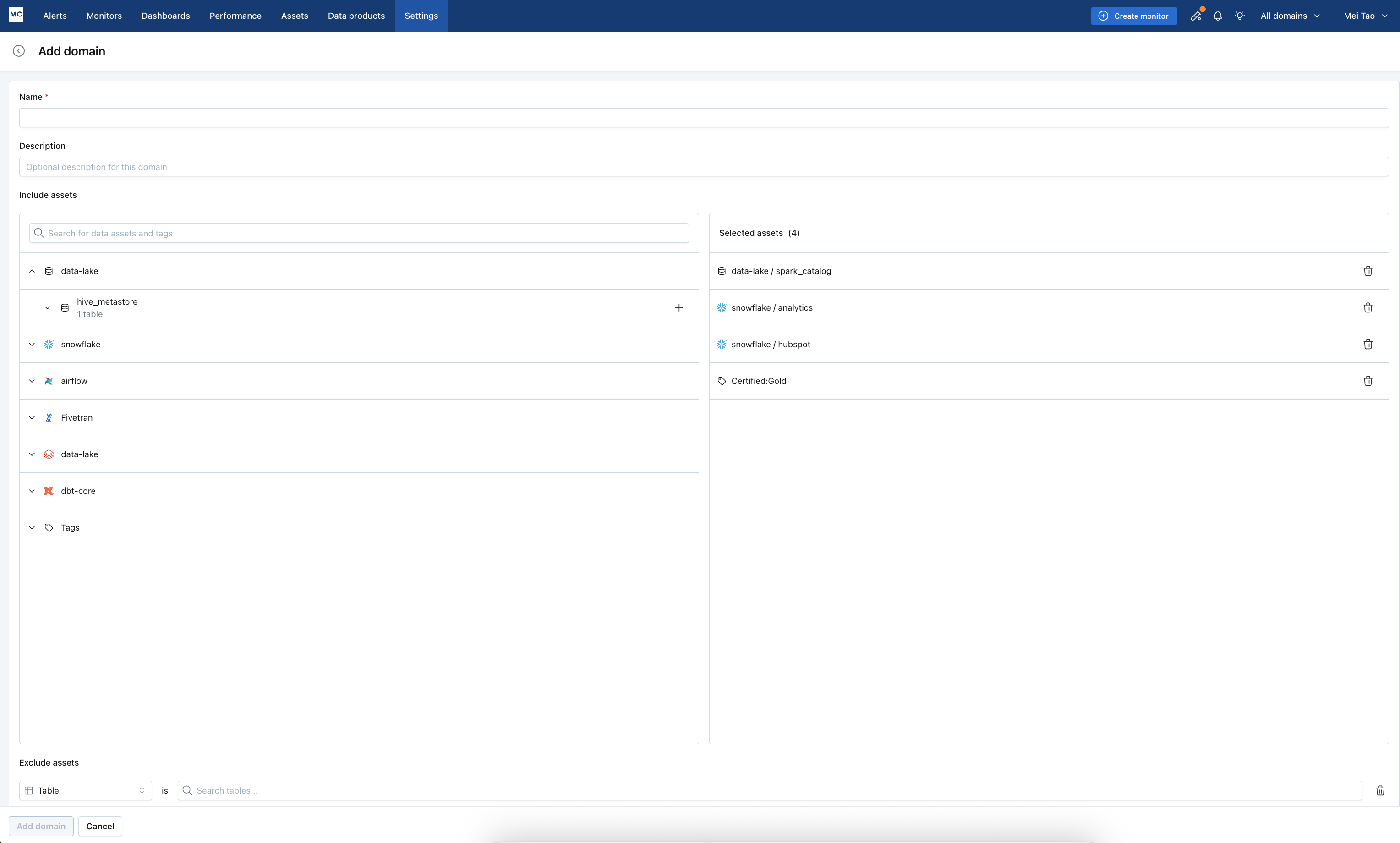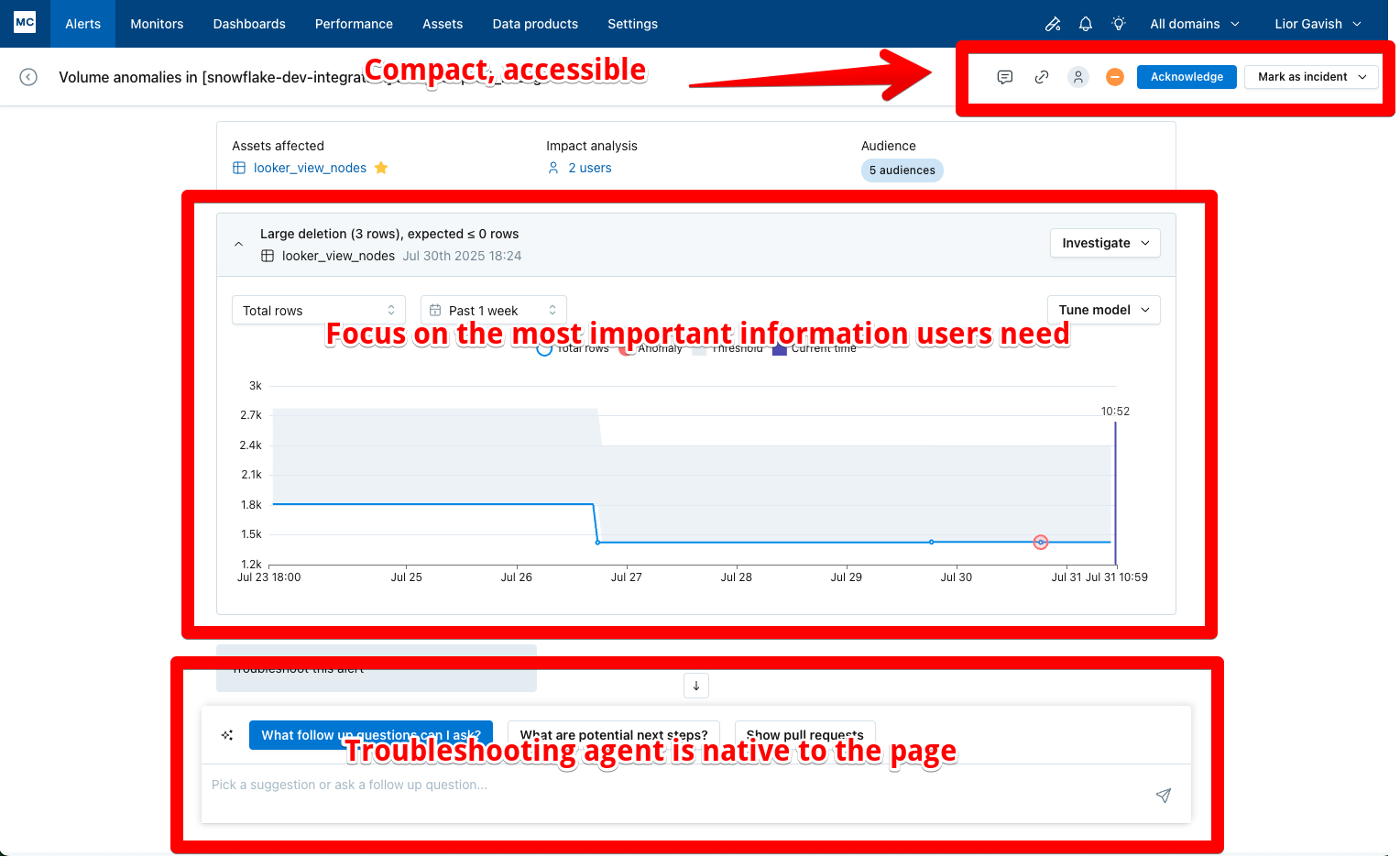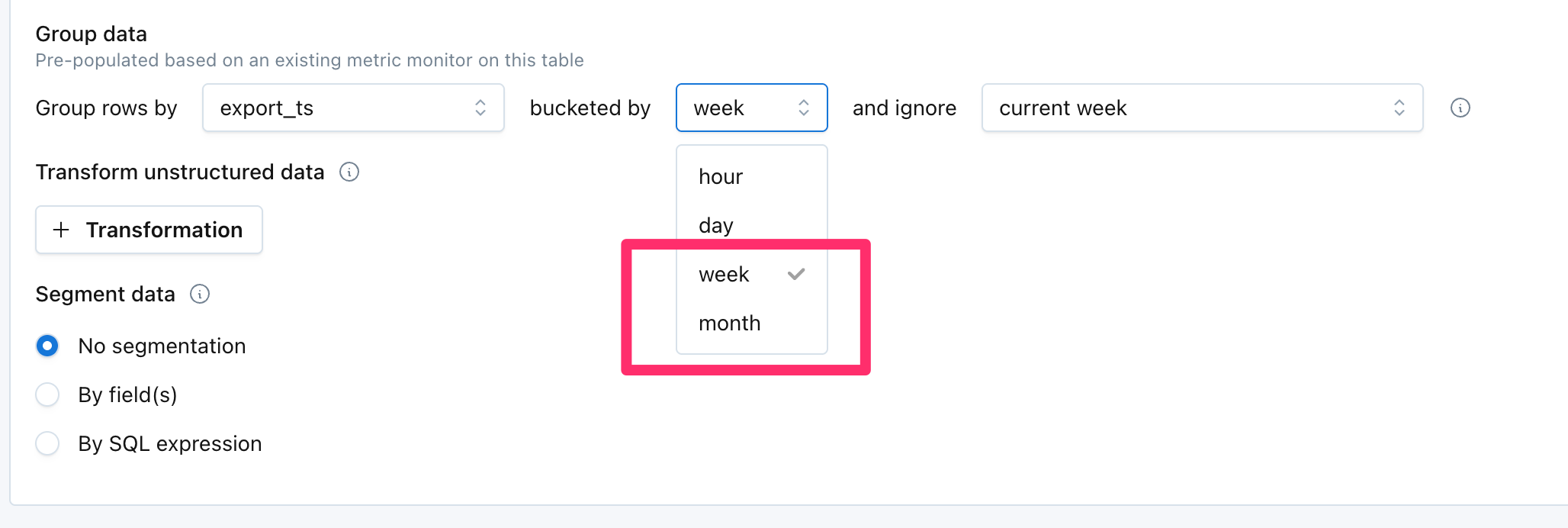MC shipped a series of improvements to the domains creation experience -
- Users can now exclude assets in addition to include.
- Users can use tags along with assets selection
- New UI: the domain creation workflow got a brand new look, which includes a tree navigation and side-by-side assets v.s. selection summary.






